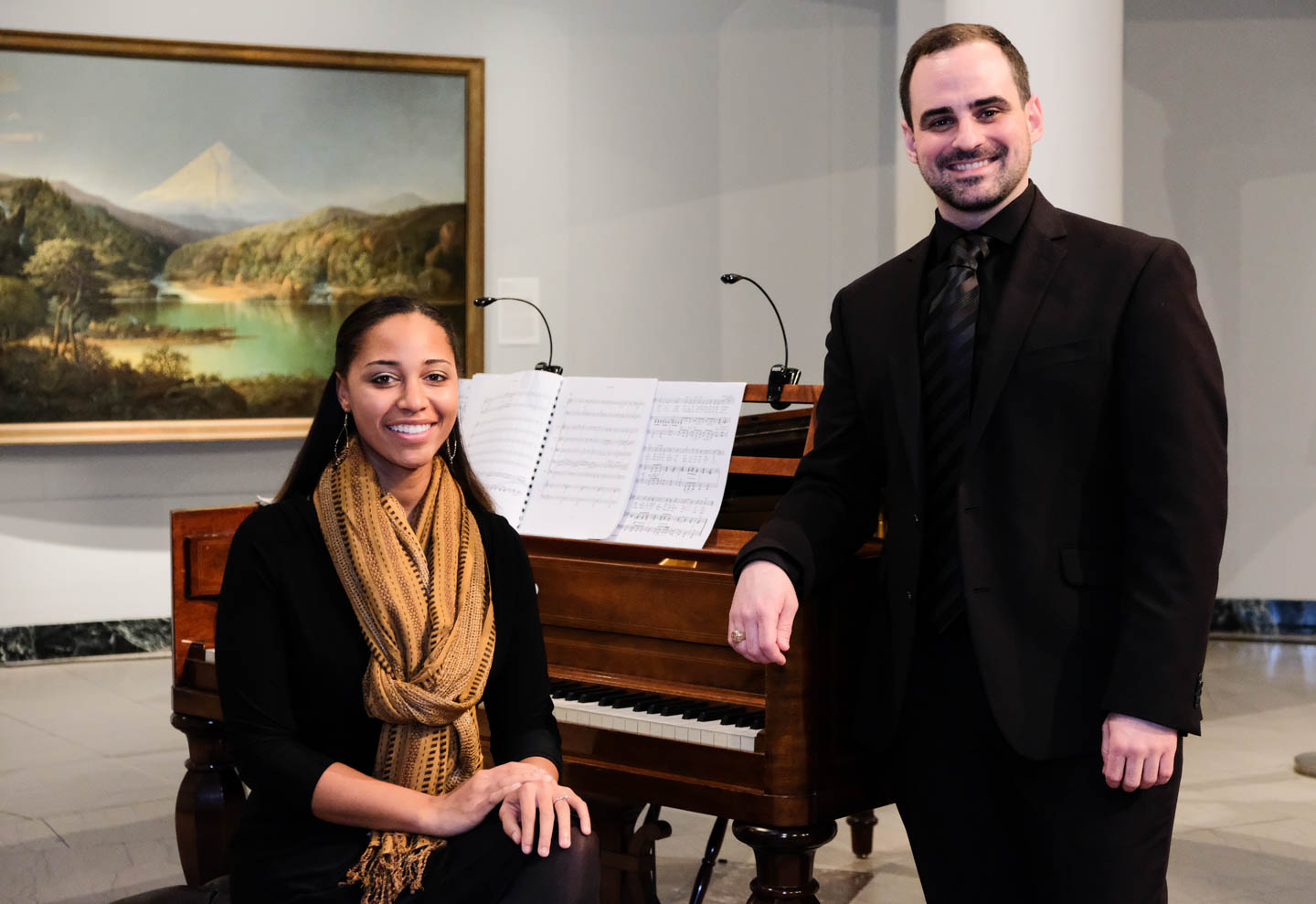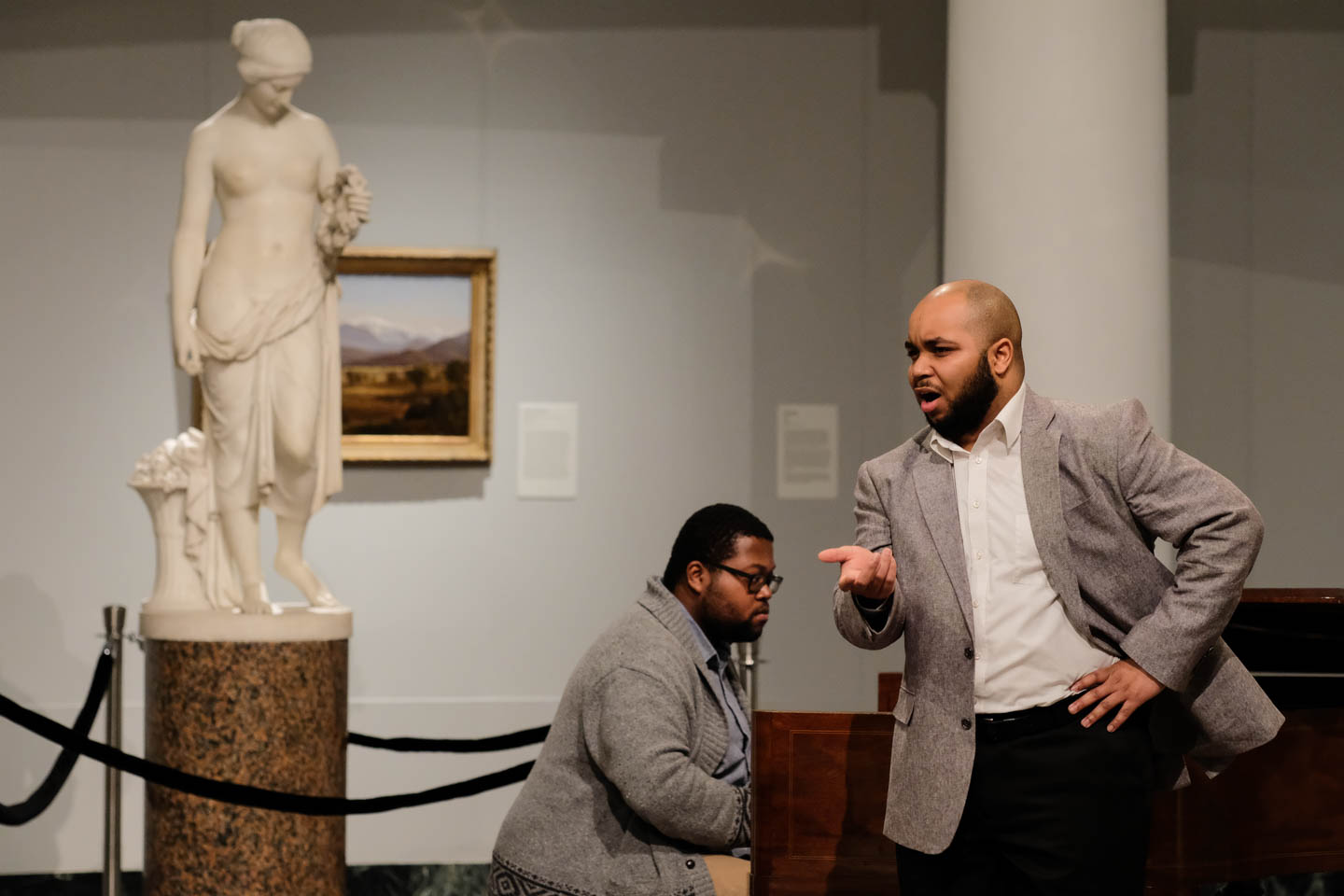 “Out of the Silence captured the life and culture of African American composers, while giving a platform to the unique and often unheard voices of many magnificent composers,” remarked Claiborne. “My own dissertation work specifically focuses on piano works by black American composers. I believe that this music has a right to be included on the classical performance stage, and productions like this shine a light on the life and musical works of these composers in our country.”
“Out of the Silence captured the life and culture of African American composers, while giving a platform to the unique and often unheard voices of many magnificent composers,” remarked Claiborne. “My own dissertation work specifically focuses on piano works by black American composers. I believe that this music has a right to be included on the classical performance stage, and productions like this shine a light on the life and musical works of these composers in our country.”
The concert, part of the on-going SMTD@UMMA Performance Series, was conceived as an extension of the U-M Gershwin Initiative’s exploration of the renowned opera Porgy & Bess, spearheaded by SMTD Professor Mark Clague. Created by in 1935 by George and Ira Gershwin, along with DuBose and Dorothy Heyward—an all-white creative team—Porgy & Bess was performed on Broadway, rather than at The Metropolitan, so that Gershwin could use an all-black cast. The opera, widely beloved, has been the subject of debates about race, representation, and cultural appropriation—topics taken up by the Gershwin Initiative this past year.
 "The concert developed by Austin and Leah served to celebrate and recover an artistic expression that is all too often suppressed by a lack of awareness, poor publication prospects, and limited performance opportunities. Their scholarship brought this music back to life in concert,” commented Professor Clague.
"The concert developed by Austin and Leah served to celebrate and recover an artistic expression that is all too often suppressed by a lack of awareness, poor publication prospects, and limited performance opportunities. Their scholarship brought this music back to life in concert,” commented Professor Clague.
For the concert, Claiborne and Stewart chose seldom-heard works by the black American composers William Grant Still, Florence Price, Harry Freeman, Harry T. Burleigh, and Margaret Bonds, among others, and included narrated texts from the writings of Frederick Douglass, W.E.B. DuBois, Zora Neale Hurston, and Maud Cuney Hare.
“Out of the Silence reminded us of the vital role music plays in building and sustaining communities,” said Stewart. “There is a universal language spoken through this music; whether we find beauty in unaccompanied spirituals or the dense counterpoint they inspire, we hear how connected each of these works is to an African American identity that resonates even today.”
